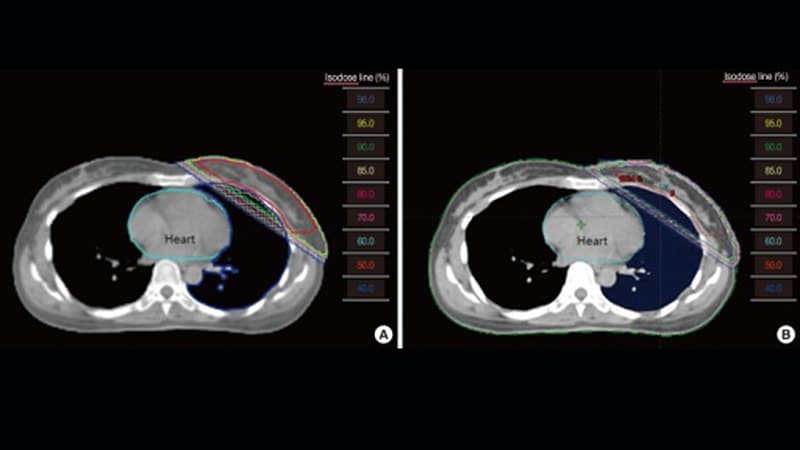ASTRO Guidelines on Partial Breast Irradiation for Early-Stage Breast Cancer
The American Society for Radiation Oncology (ASTRO) has updated its clinical practice guideline on partial breast irradiation for women with early-stage invasive breast cancer or ductal carcinoma in situ (DCIS). The new 2023 recommendations are based on recent clinical trial data that show no significant differences in overall survival, cancer-free survival, and recurrence between partial and whole breast irradiation. The guideline strongly recommends partial breast irradiation for patients with favorable clinical features and tumor characteristics, providing detailed recommendations on techniques and best practices for delivering partial breast irradiation.
Key Highlights:
- Updated guideline based on recent clinical trial data
- No significant differences in outcomes between partial and whole breast irradiation
- Strong recommendation for partial breast irradiation in patients with favorable features
- Detailed recommendations on techniques and best practices
Customize Summary
Rewrite with AI
Generate Citations
Translate Source
To Another Language
Generate MindMap
from source content
Visit Source
www.medscape.com
ASTRO Updates on Partial Breast Irradiation in Early Cancer
Key Insights Distilled From
by Megan Brooks at www.medscape.com 11-28-2023
https://www.medscape.com/viewarticle/998846
Deeper Inquiries
